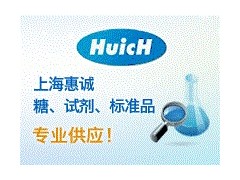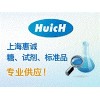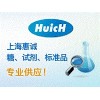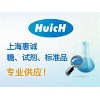      |

 通过认证 [诚信档案]
通过认证 [诚信档案]
| Cat. Number |
080154678547475
|
||||||||||||||||||||||||||||||
| Chemical Name |
三烯生育酚δ-Tocotrienol
|
||||||||||||||||||||||||||||||
| CAS Number |
25612-59-3
|
||||||||||||||||||||||||||||||
| Synonym |
3,4-dihydro-2,8-dimethyl-2R-[(3E,7E)-4,8,12-trimethyl-3,7,11-tridecatrienyl]-2H-1-benzopyran-6-ol
|
||||||||||||||||||||||||||||||
| References |
Description
The four tocopherols (α, β, δ, and γ) and four tocotrienols (α, β, δ, and γ) are forms of vitamin E, which is known for its antioxidant activity.1 Tocotrienols are found in high concentrations in palm oil and rice bran. Recent studies observe that tocotrienols may be more effective antioxidants than α-tocopherol, the most abundant form of vitamin E.2 At 0.1-10 µM, δ-tocotrienol significantly suppresses H2O2-induced cell death of rat striatal neurons and provides protection against S-nitrocysteine-induced cell death and SIN-1 cytotoxicity in a concentration dependant manner.2 At concentrations of 10 µM, δ-tocotrienol displays more inhibitory action on adhesiveness of HAECs to U937 monocytic cells, via inhibition of VCAM-1 expression, than α-tocopherol and other tocotrienols at the same concentration.3
1 Kamal-Eldin, A., and Appelqvist, L. The chemistry and antioxidant properties of tocopherols and tocotrienols. Lipids 31 671-701 (1996). 2 Osakada, F., Hashino, A., Kume, T., et al. α-Tocotrienol provides the most potent neuroprotection among vitamin E analogs on cultured striatal neurons. Neuropharmacology 47 904-915 (2004). 3 Naito, Y., Shimozawa, M., Kuroda, M., et al. Tocotrienols reduce 25-hydroxycholesterol-induced monocyte-endothelial cell interaction by inhibiting the surface expresion of adhesion molecules. Atherosclerosis180 19-25 (2005). |